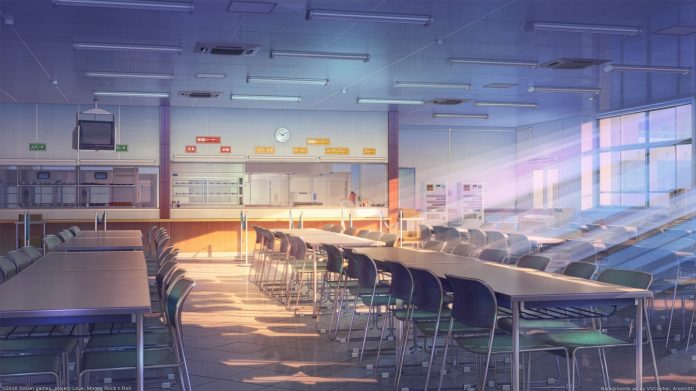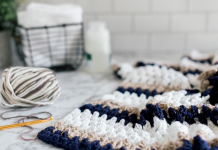Table of Contents
A neat school cafeteria can have many benefits, ranging from an improved mood to increased pride in this educational institution. Furthermore, students who eat in a clean environment learn good eating habits. Also, a neat cafeteria will reduce the use of cleaning products, which benefits the school budget.
According to https://ziabuildingmaintenance.com experts, the cafeteria hygiene should be high, given it’s a high-traffic place where food is served. So before school starts, as well as during every vacation, these rooms are thoroughly cleaned. After that, regular maintenance will help the cafeteria remain polished and germ-free.
Floor Cleaning
Deep cleaning floors can be tedious, but it is an essential part of cafeteria maintenance. Staff should wipe down highly trafficked floors after every meal rotation. Deep cleaning is suggested at least once a month. Dirt and food particles accumulate fast, which is a call for bacteria to develop.
Deep cleaning includes both mopping and auto-scrubber. But you need harsher cleaning products than with regular mopping. Just avoid abrasive solutions on vinyl floors, as these can scratch them. Also, you could use a microfiber mop head treated with a positive electrical charge and move it with the grain.
Clean Large Appliances Thoroughly
To keep food preparation and serving surfaces free of contaminants, janitorial staff should wash kitchen surfaces and food-contact equipment frequently. They should also disinfect large kitchen appliances and handles after every shift.
Stoves, fridges, and ovens need a thorough monthly cleaning. That will keep bacteria from developing and spreading and prevent cross-contamination. Cleaning staff should remove all movable parts and compartments from these appliances and degrease one at a time. When stubborn dirt is removed, wash these in a specialized solution, rinse, and leave to air dry.
Wipe Tables and Countertops

Tables should be clean as soon as students leave the cafeteria. These surfaces are smooth, usually made of plywood or laminate, which is low-maintenance. More on best materials for countertops read here.
To clean tables and countertops, wipe them down using a microfiber cloth and soapy water solution. You can also use a one-step disinfectant, such as distilled white vinegar or 3 percent hydrogen peroxide. This solution kills bacteria and disinfects surfaces without rinsing.
Cafeteria countertops are usually made of stainless steel or plastic laminate. Excess moisture can cause water spots and damage the protective layer, so wipe these surfaces frequently.
Focus on the areas with the most bacteria and germs. These are drawers, salt/pepper shakers, and cutting boards. For stubborn food and dirt stains, you may want to use a few dish soap drops and a nylon scouring pad.
Wash and Sort Dishes
While washing the dishes seems like a no-brainer at home, it’s much more important in a commercial kitchen. Not only are the stakes higher, but improper washing or rinsing can lead to food contamination.
School cafeterias have professional dishwashers and sink sprayers for more efficient dishwashing. But food scraps and leftovers still need to be removed by hand. In rare cases, some pots are not suitable for machine washing, so you can use hot water and mild detergent for washing. Use degreasers if necessary.
There are a few tricks that will make the job easier and faster. For instance, try to start by washing smaller, less dirty items first. Next, glasses and mugs should be polished and removed right after washing. This way, you won’t have to scrub them for ages. Also, remove dishes from racks as soon as they get dry.
Protect Yourself and Others
Cafeteria cleaning requires extra care and attention to detail. For example, harsh cleaning solutions can damage one’s hands. Also, food debris and containers are prime targets for pests and roaches, so anyone can get infected if exposed.
Wearing personal protective equipment (PPE) is essential to protect staff from harmful chemicals and pathogens. Gloves, hairnets, and even goggles safeguard employees’ health and well-being. Also, a wet floor is a major danger as someone could slip and hurt themselves. So posting a wet floor sign is essential.
Cleaning a school cafeteria is not a tedious job when done regularly. Staff uses professional cleaning products and machines, but they can also benefit from proven homemade solutions and home cleaning tips.








